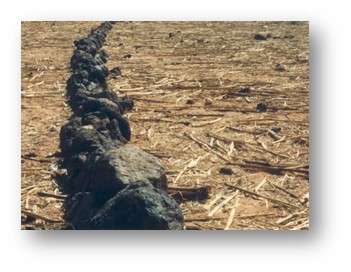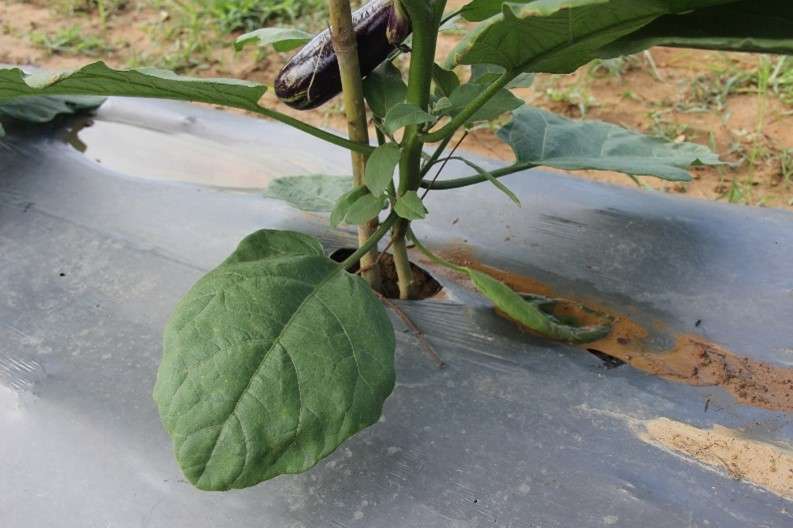Mulching
Mulching involves covering the soil with mulch (crop residues) after harvesting. Adding mulch to the patch of land at the beginning of the dry season improves infiltration, reduces evaporation of soil moisture and acts as a barrier against wind and water erosion. While present on the soil, the crop residues will start to decompose and be incorporated into the soil. Soil structure as well as fertility will benefit from this, which again will benefit water retention. Doing so, mulching can be used to overcome rainfall variability. This form of mulching technology can be of added value to multiple measures introduced here.
Another type of mulching uses black plastic to cover the crops. Such impermeable plastic prevents water evaporation. Condense water will drop back to the crop. In combination with precision irrigation, this could improve irrigation efficiency in areas that face long periods of drought. Black, opaque plastic should stop weed growth and the attraction of insects. Both effects (less nutrient competition and insect plagues) are highly favourable for crop growth. Besides, plastic mulch reduces the impact of extreme rainfall on the soil.


